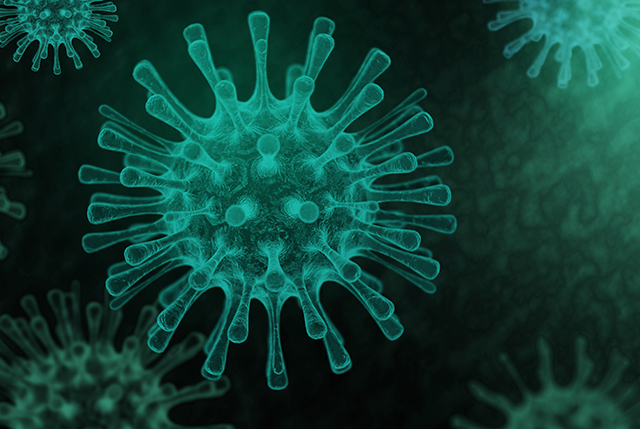Presidential Interdisciplinary Seed Grants
Integrated approaches to address current and future high consequence biological agents

Integrated approaches to address current and future high consequence biological agents

The ongoing COVID-19 pandemic has led to over 225 million cases and over 4.6 million deaths to date with significant global impacts on the economic sectors, education system, and personal wellness. This pandemic has also induced setbacks in infectious disease research for tuberculosis, malaria, and other pathogens. The overall burden of the past 1.5 years mandates the need for preparedness for the next outbreak, not if but when it occurs, to prevent or at least reduce such impacts. SARS-CoV2/COVID-19 response research efforts around the globe have led to new insights in zoonotic spillover, viral transmission and spread, and pathogenesis. Disease severity of infected patients is due not only on the viral infection but also the host response. The determination of host responses in the pandemic have been largely limited to clinical observations and minimally invasive monitoring of biofluids in human subjects. Animal models provide a powerful approach to determine key responses and outcomes in a controlled, systematic manner. In the case of CoV2, the golden Syrian hamster serves as a viable candidate for such studies. We propose to employ this model to determine molecular profiles of current and emerging SARS-CoV2 variants over an experimental time course focused on glycosylation. Mammalian cells are decorated by a mixture of complex carbohydrates known as the glycocalyx which serves as the primary biochemical surface for interaction with the external environment. Pathogens interact with these glycans during cellular invasion before hijacking cellular metabolism to power replication, virion production, and spread. These efforts will lead to an increased understanding of molecular mechanisms of pathogenesis and pathology in conjunction with traditional virology and histology approaches to aid in the development of effective vaccines. The optimized approaches of this proposal will then serve as a basis for future molecular level analysis of host-pathogen systems to address ongoing challenges or in preparation for UGA to serve as a comprehensive first response unit should the need arise due to another pandemic.
Team Lead
Franklin Leach
Environmental Health Science
leach@uga.edu
Team Members
Fred Quinn
Department of Infectious Diseases
Lance Wells
Department of Biochemistry & Molecular Biology
Ryan Weiss
Department of Biochemistry & Molecular Biology
Eric Lafontaine
Department of Infectious Diseases
Danny Mead
Department of Population Health
Jeff Hogan
Department of Infectious Diseases
Michael Tiemeyer
Department of Microbiology
